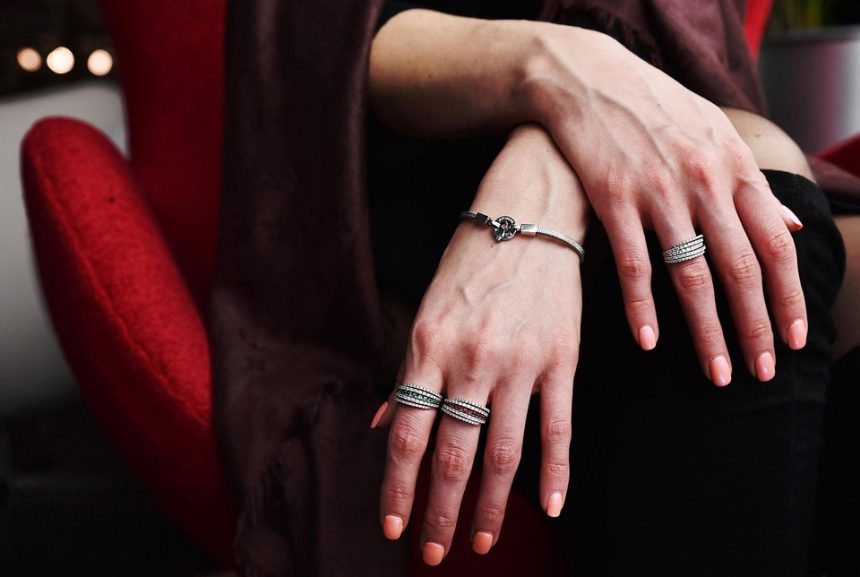A Piece of History: The Fascinating Story of Antique and Vintage Bracelets
Bracelets have been a staple in human adornment for thousands of years, with their history dating back to ancient civilizations. From Egypt to Greece, Rome to Victorian England, bracelets have played a significant role in representing status, wealth, and cultural identity. In this article, we’ll delve into the fascinating world of antique and vintage bracelets, exploring their evolution, significance, and enduring appeal.
Ancient Origins
The earliest known bracelets date back to ancient Egypt around 2500 BCE. These early adornments were made from materials such as gold, lapis lazuli, and carnelian, often featuring intricate designs and symbolic motifs. Egyptian bracelets were not only worn for aesthetic purposes but also held spiritual and ceremonial significance. For example, the ankh symbol, often depicted on Egyptian bracelets, represented eternal life and rebirth.
As civilizations rose and fell, the design and materials used in bracelet-making evolved. Ancient Greek and Roman bracelets, for instance, featured more classical and elegant designs, often adorned with precious stones like pearls and emeralds. These early European bracelets were not only worn by the elite but also served as a status symbol, indicating the wearer’s social standing and wealth.
The Victorian Era and the Rise of Mourning Jewelry
The Victorian era, spanning from the late 18th to the early 20th century, saw a significant shift in the design and purpose of bracelets. During this time, mourning jewelry became a popular trend, with bracelets and other adornments created to memorialize loved ones who had passed away. These somber pieces, often featuring hair, photographs, or other personal mementos, were worn as a symbol of grief and remembrance.
Victorian-era bracelets were also characterized by their intricate designs, featuring filigree, enamelwork, and other ornate details. The Industrial Revolution made mass production possible, making bracelets more accessible to the general population. This led to a proliferation of ornate and elaborate designs, with artisans pushing the boundaries of craftsmanship and creativity.
Art Nouveau and Art Deco: A New Era of Design
The early 20th century saw the rise of two influential design movements: Art Nouveau and Art Deco. Art Nouveau, characterized by sinuous lines, organic forms, and a focus on nature, inspired a new wave of bracelet designs. Pieces from this era, often featuring flowing curves and intricate details, showcased the skill and craftsmanship of artisans.
Art Deco, on the other hand, emerged in the 1920s and 1930s, marked by its geometric shapes, metallic materials, and bold, colorful designs. Art Deco bracelets, often featuring diamonds, rubies, and other precious stones, epitomized the glamour and luxury of the Roaring Twenties.
Collecting and Preserving Antique and Vintage Bracelets
Today, antique and vintage bracelets are highly sought after by collectors, historians, and enthusiasts. These pieces not only hold monetary value but also serve as a tangible connection to the past, offering a glimpse into the lives and cultures of bygone eras.
When collecting antique and vintage bracelets, it’s essential to consider factors such as condition, provenance, and authenticity. Pieces that have been well-preserved and maintain their original components, such as clasps and clasps findings, are highly prized. Provenance, or the history of ownership, can also significantly impact the value and significance of a piece.
Conclusion
Antique and vintage bracelets are more than just beautiful adornments; they are windows into the past, offering a glimpse into the lives, cultures, and traditions of our ancestors. From ancient Egypt to Art Deco, each era has left its mark on the design and significance of these treasured pieces.
Whether you’re a seasoned collector or simply an admirer of history and beauty, antique and vintage bracelets have the power to captivate and inspire. As we continue to appreciate and preserve these pieces, we honor the artisans, cultures, and individuals who created and wore them, ensuring that their stories and significance are not lost to time.


Leave a Reply